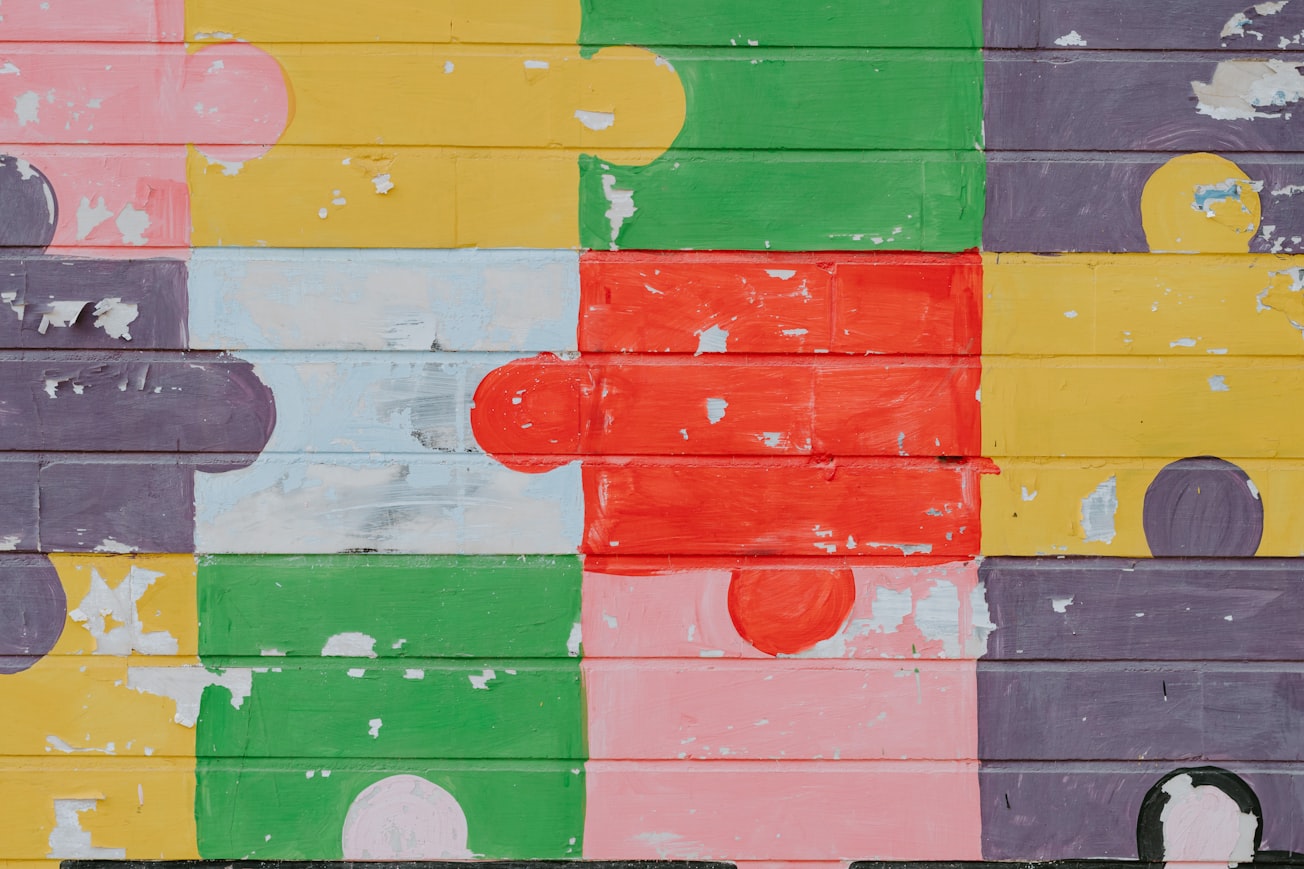What is it about?
Social connection is critical to well-being. But what constellation of interaction partners is most predictive of well-being? We explore the role of ‘relational diversity’. Relational diversity captures both the number of different relationship categories (e.g., family, friends, coworkers, strangers) that people interact with in a day, and the relative abundance of their interactions across these categories. Across four distinct samples, spanning eight countries and over 50,000 individuals, interacting with a more relationally diverse social portfolio predicted greater well-being (controlling for total amount of social interaction). This was both true across individuals (people who had higher relational diversity were happier) as well as within individuals over time (on weeks when people had higher relationship diversity, they were also happier).
Featured Image

Photo by Ashkan Forouzani on Unsplash
Why is it important?
Time is scarce, so how should we spend it? Previous research suggests that we should spend it with others. But who should we talk to, and how frequently? Our research shows that talking to a diverse range of relationship partners enhances well-being—talking to a mix of friends, coworkers, strangers, acquaintances, and family members may be a time-neutral means of being happier (and healthier) than leaning on a fewer number of relationship types (such as close contacts) more heavily.
Read the Original
This page is a summary of: Relational diversity in social portfolios predicts well-being, Proceedings of the National Academy of Sciences, October 2022, Proceedings of the National Academy of Sciences,
DOI: 10.1073/pnas.2120668119.
You can read the full text:
Contributors
The following have contributed to this page










